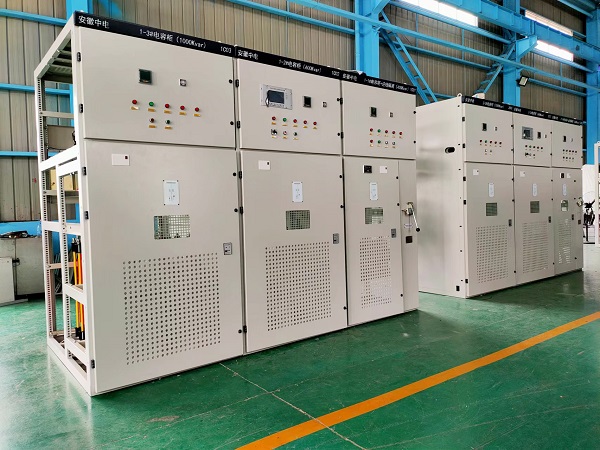In the power system, the on-site compensation of high-voltage motors should be invested when the voltage drops by more than 10%.
1. The role of on-site compensation of high-voltage motors
The on-site compensation of high-voltage motors can effectively improve the power factor of the power system, reduce line losses, ensure the stable operation of the system voltage, and reduce energy consumption and electricity costs. The principle is to achieve the purpose of compensating reactive power by changing the value of the inductive or capacitive components in the circuit within a certain range.
In the operation of the power grid, when the voltage drops to a certain extent, the voltage control should be carried out in time. Generally speaking, the investment time of high-voltage motor on-site compensation is generally when the voltage drops by more than 10%. When the voltage is too low, the compensation power is small, the voltage quality cannot be effectively improved, and it has a certain impact on the stable operation of the power system.
3. Factors affecting the investment of high-voltage motor on-site compensation
a. Changes in grid load: One of the reasons for the voltage reduction is the change in grid load. Therefore, when the load increases or decreases significantly, the investment timing of on-site compensation will also change accordingly.
b. System capacitance: The larger the capacitance, the better the effect of on-site compensation. Therefore, in a power grid with sufficient capacity, the investment of local compensation can be relatively delayed.
c. Branch capacitance compensation: For power grids with more capacitance compensation branches, the investment timing of local compensation can be relatively delayed.
d. Load type: Different types of loads have different effects on the power grid. For power grids with more capacitive loads, strengthening local compensation can improve voltage quality and reduce line losses.

The investment timing of high-voltage motor local compensation should be determined according to the degree of voltage reduction. Generally speaking, if the voltage reduction exceeds 10%, compensation should be carried out in time to ensure the normal operation of the power system. At the same time, there are many factors that affect the investment of local compensation, and it is necessary to comprehensively consider various factors to determine the best investment time.
